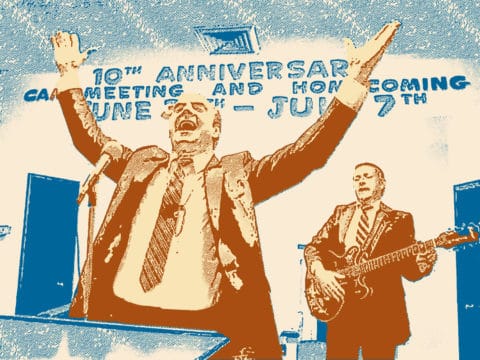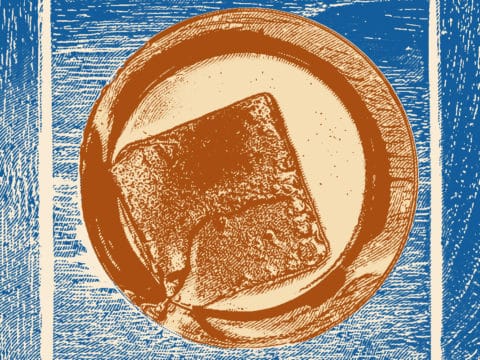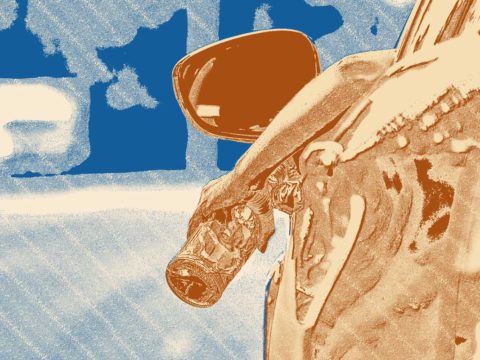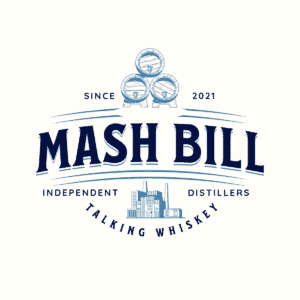Making whiskey is an old and respected profession in America. If you’ve been thinking I sure would like to make my own whiskey, but I don’t have a distillery, you are in luck because that’s not the only path to the whiskey ocean.
Making whiskey doesn’t require a distillery
And oh, yeah, I know. You’re mad now. You’re all dude, the essence of great whiskey is a pot still process using the purest water and the best grains, and dude, I agree. But they don’t have to be your stills. It doesn’t have to be your grain. I mean, how far back into the process do you have to go for credible authenticity? Sure, you built a distillery, but did you mine the copper for your pots? Did you handcraft the dirt in your rye fields? Did you spend centuries curating the evolution of your particular rye strain to develop that special flavor? No? Poseur.
Some of the earliest whiskeys made used sourced spirits for making whiskey
Farmers started it. Or maybe it was grocers. It was definitely rectifiers, those ambitious entrepreneurs who saw an opportunity to buy unlabeled distilled spirits from local farmers, put it in a bottle, and slap their own label on it. Hell, in the 1880s, there was a whole street of rectifiers called Rectifier Row. Four Roses started out as a rectified brand. The name comes from the four different Atlanta spirits founder that Paul Jones bought to make his brand. W.L. Weller never even owned a distillery.
That doesn’t mean making whiskey this way is easy.
The best rectifier brands are put together over time, with mixers and distillers pouring through cellared barrels and various mash bills until they find the perfect mix for the flavor profile in their head. You can jump-start that a little by taking a class, but the truth is, you’ll want to hire a consultant, sample a butt load of sourced whiskeys, and—most importantly—keep trying.
A good rectifier is concerned with every part of the process—from the mash bill to the char on the barrels, to the strain of yeast, to their whiskey’s entry proof. They will work with the distillers, the suppliers, the farmers, and coopers to make sure every step of their process meets their standards. They may not distill their whiskey, but they definitely make it.
A quick primer on making your own whiskey brand
This is not a course. This is a short article that can’t possibly come close to getting you to the starting line for making your own whiskey, but it might point you at it. However, despite the articles you will find in a Google search about building your own brand of whiskey, this one will not start with developing a business plan. Because that’s just not how it works. That’s not where you are when you step over the line of I will make my own whiskey. Start with the whiskey.
Step 1: Know what you want
Determine right now if you are making bourbon, rye, straight whiskey, blended whiskey, moonshine or something no one has ever heard of. Because which kind of whiskey you want determines everything else.
Step 2: Know how you want it
Say you’re going to make a bourbon. What’s going into it? What flavor profile are you looking for? What kind of nose? Do you want those insane vanilla notes with hints of morning coffee and snickerdoodles? That’s a wheated bourbon. It narrows down your hunt. Looking for a soft rye? You’ll want a less rye forward mash bill—and you’ll need to know what kind of back-end grains you’ll need in the distillation to get those notes.
Step 3: All the business shit
Agh! God! I hate this part. I am not good at business (ask Scott). Numbers and business prattle make my eyes glaze over, and my soul sneaks out to go play in the yard. But it is a requirement for this to work, so if you’re serious, partner up with a nerd and get to work. Incorporate, get a board of directors, find some working capital, and make that (gross) business plan we mentioned up top. Most importantly, budget for a road trip and seed money because you’re going to have to go taste some booze.
Step 4: Find a distiller
Midwest Grain Products in Indiana is one of the most successful distillers in the nation, supplying probably half the brands behind any bar you walk into. They are serious about helping people develop brands and will work with a new label of just about any size. They also can set you up with bottling and distribution, and they’re pretty much a one-stop-shop. Ultra Pure is a full-service distillery that helps launch brands and gets your bottles on the market. J.B.Thome Inc. is a bulk spirits producer with a 30+ year reputation for making good whiskey.
Step 4(a): Find a consultant
The current Bourbon Boom has been going on for a decade or more. A few early adopters realized they could serve a lot of future whiskey makers by coaching them through every step of the process. There is a handful of them out there, but take a look at The Spirit Group to get an idea of how a middleman might just be what you’re looking for.
Step 5: Hire a graphic designer
If you go with a consultant, they probably know somebody. Otherwise, spend a nickel on a designer that knows what they’re doing and has a little experience in product design. I can’t help you there. You’ll need to sacrifice a goat to Google. Best of luck.
Step 6: Figure out your marketing and advertising
This is part of Step 3, really, but while someone is making your whiskey, get down to brass tacks and figure out how you’re going to advertise and market your brand. Your Instagram feed is not enough. You’ll need targeted ads on social media, magazines, and everywhere else. Don’t try to do this alone. Hire out.
Step 7: Pull the trigger and run
Drop the check. Sign the dotted line. Shake hands with the distiller, then run home and kick your marketing in the ass, so you’re not scrambling to roll out a brand just as your brand is rolling off the line. Be ready.
This is all the barest, simplest, high pass advice you could get on making whiskey
But we’re not in that business anyway. We’re here to drink and make snarky comments. We’re the Algonquin round table of brown liquor. Also, it’s not a table, it’s a couch. Just know that making your own sourced spirits whiskey is possible and traditional and goddammit, get out there and do it.







